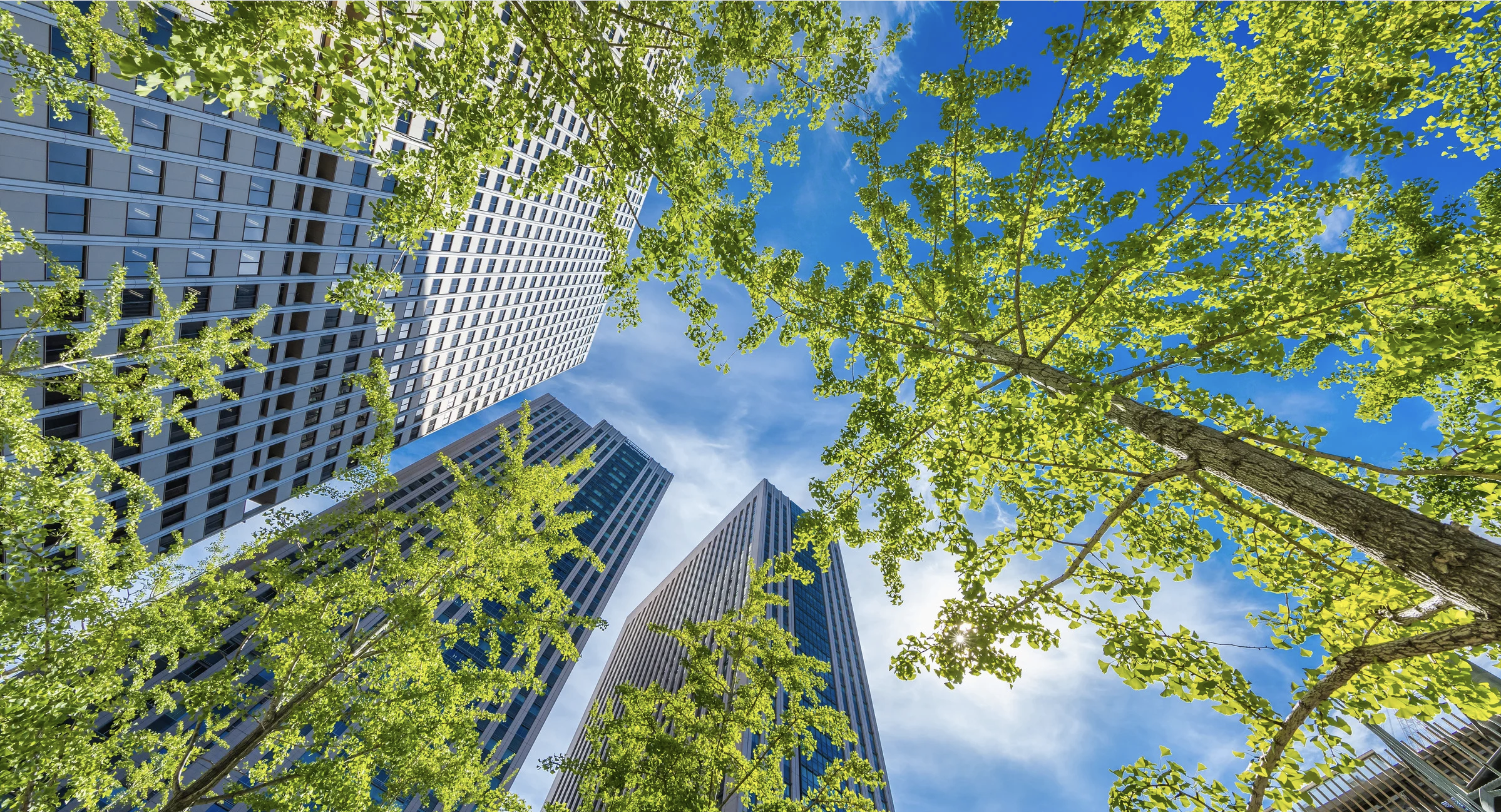Fatmeh Bakhit | Al Enteshar Newspaper
In the heart of bustling cities and tranquil suburbs, public parks are being recognized not merely as spaces for recreation and socializing, but as vital components for enhancing mental wellness.
These green spaces serve as essential sanctuaries, supporting community health and offering a much-needed reprieve from the urban grind. Supported by research and expert insights, the therapeutic value of parks is becoming more evident, encouraging a more mindful approach to their design and integration into urban life.
A mental oasis in urban landscapes
The Trust for Public Land has documented compelling evidence that parks significantly diminish anxiety and depression, offering a serene escape that contrasts sharply with the often overwhelming urban environments. These natural settings gently stimulate the senses, providing a calm that is scarce in densely built areas. Further support from the National Recreation and Park Association (NRPA) underscores the mental health benefits provided by parks, linking regular visits to improved emotional states and decreased psychological stress.
The layout and upkeep of parks play a critical role in their effectiveness as therapeutic spaces. Research published in the peer-reviewed monthly journal Landscape and Urban Planning’ suggests that parks with well-maintained vegetation, ample and comfortable seating, and secure pathways encourage more frequent and prolonged visits. These elements make parks inviting places that invite relaxation and reflection, crucial for mental recovery. Quality, therefore, is as important as quantity when it comes to green spaces.
Additionally, parks designed with community input often meet the unique needs of their users better, increasing their value and usage. Such community-driven spaces are more likely to be well-loved, regularly maintained, and visited often, all of which amplify their health benefits.
Community involvement and psychological rewards
Active participation in park-related activities can also enhance mental well-being. Mohammed Nishite, a Los Angeles-based therapist, advocates for his clients’ involvement in local parks.
“I always recommend that my clients spend time in their public parks and invest in their communities,” says Nishite. He notes significant psychological uplift when individuals contribute to the enhancement of local green spaces. “There are many initiatives throughout Los Angeles looking to expand and improve public parks. I’ve seen my clients achieve personal fulfillment by collaborating with their communities on these projects,” he adds.
The benefits extend beyond emotional fulfillment. “Once they see the parks come to life, they then spend time in these spaces, and being outdoors really boosts dopamine,” Nishite explains. This increase in dopamine levels, associated with pleasure and satisfaction, highlights the profound bio-chemical impact of engaging with nature.
Urban planning with a focus on mental health
As urban planning continues to evolve, the integration of accessible, welcoming public parks is increasingly viewed as essential, not optional. These spaces are recognized as foundational to addressing the mental health challenges prevalent in city environments, deserving of deliberate design and ongoing investment.
In summary, as the world navigates complex health challenges, public parks stand as vital resources, essential for mental and community health. They are more than just green spaces—they are havens of tranquility and restoration, critical to fostering healthier, happier communities.
This story was produced by Ethnic Media Services in collaboration with the Laboratory for Environmental Narrative Strategies (LENS) at UCLA as part of the Greening American Cities initiative supported by the Bezos Earth Fund.
Fatmeh Bakhit wrote this fellowship story for Al Enteshar, a newspaper published online and printed twice a month by the Arab American Press based in Los Angeles, covering issues pertinent to the Arab American community in Southern California.
“Green Havens: Designing Public Parks for Mental Health” explores these mental benefits in the context of greening parks, which also serve as crucial spaces for recreation amid concrete urban landscapes.
Commenting on their work, Bakhit — publisher of Al Enteshar — said with her co-fellow, Dahlia Taha: “Parks, beaches and green spaces are very important to us as they give us an opportunity to detach from the craziness of our everyday lives and just enjoy nature. We believe it’s our responsibility to take care of nature, as it’s our home.”





